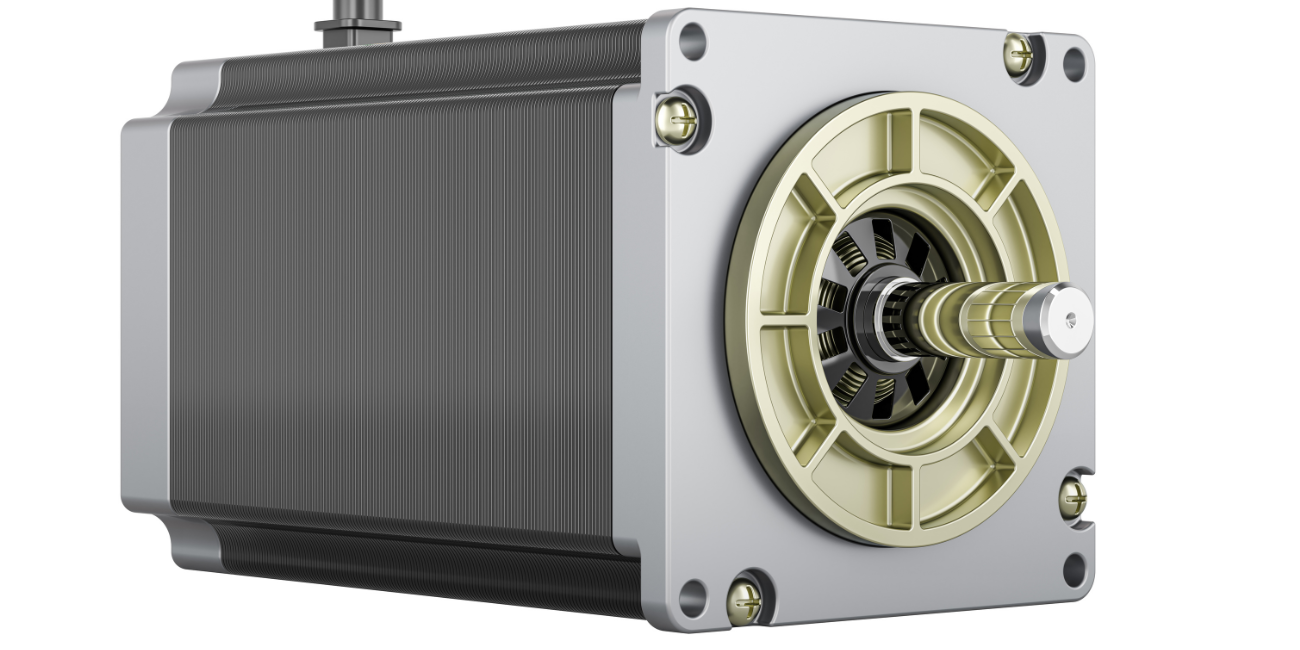Introduction
Stepper motors are a type of electrical motor that moves in precise, discrete steps. Unlike traditional DC or AC motors, which rotate continuously, stepper motors can be positioned at specific points along their rotational path. This makes them ideal for applications that require accurate positioning and control, such as robotics, CNC machines, and 3D printers.
How Stepper Motors Work
Stepper motors operate using a series of electromagnets that are arranged around a central rotor. As these electromagnets are energized in a specific sequence, they create a magnetic field that attracts the rotor to a particular position. By cycling through the sequence of electromagnets, the motor can be made to rotate in steps.
Types of Stepper Motors
There are several different types of stepper motors, each with its own unique characteristics:
- Permanent magnet stepper motors: These motors have permanent magnets embedded in the rotor, which interact with the electromagnets to produce torque.
- Variable reluctance stepper motors: These motors do not have permanent magnets in the rotor. Instead, they rely on the reluctance of the magnetic circuit to produce torque.
- Hybrid stepper motors: These motors combine the characteristics of permanent magnet and variable reluctance stepper motors, resulting in higher torque and faster speeds.
Advantages of Stepper Motors
Stepper motors offer several advantages over traditional DC and AC motors:
- Precise positioning: Stepper motors can be positioned at specific points along their rotational path with high accuracy.
- Open-loop control: Stepper motors can be controlled without the need for feedback sensors, which can simplify the control system.
- High torque at low speeds: Stepper motors can produce high torque at low speeds, making them ideal for applications that require precise positioning at low speeds.
- Reliability: Stepper motors are generally reliable and have a long lifespan.
Applications of Stepper Motors
Stepper motors are used in a wide variety of applications, including:
- Robotics: Stepper motors are commonly used in robotic arms and other robotic systems to provide precise positioning and control.
- CNC machines: CNC machines use stepper motors to control the movement of the cutting tools.
- 3D printers: 3D printers use stepper motors to control the movement of the print head.
- Medical equipment: Stepper motors are used in medical equipment such as MRI machines and X-ray machines.
- Industrial automation: Stepper motors are used in a variety of industrial automation applications, such as assembly lines and packaging machines.
Choosing the Right Stepper Motor
When selecting a stepper motor for a particular application, it is important to consider the following factors:
- Torque requirements: The motor must be able to produce sufficient torque to drive the load.
- Speed requirements: The motor must be able to operate at the required speed.
- Step angle: The step angle determines the smallest increment of movement that the motor can make.
- Holding torque: The holding torque is the maximum torque that the motor can hold when it is not moving.
- Operating environment: The motor must be suitable for the operating environment, which may include factors such as temperature, humidity, and vibration.
Conclusion
Stepper motors are a versatile and reliable type of electrical motor that is widely used in a variety of applications. Their ability to provide precise positioning and control makes them ideal for applications that require high accuracy and precision. By carefully considering the factors discussed in this article, you can select the right stepper motor for your specific needs.

